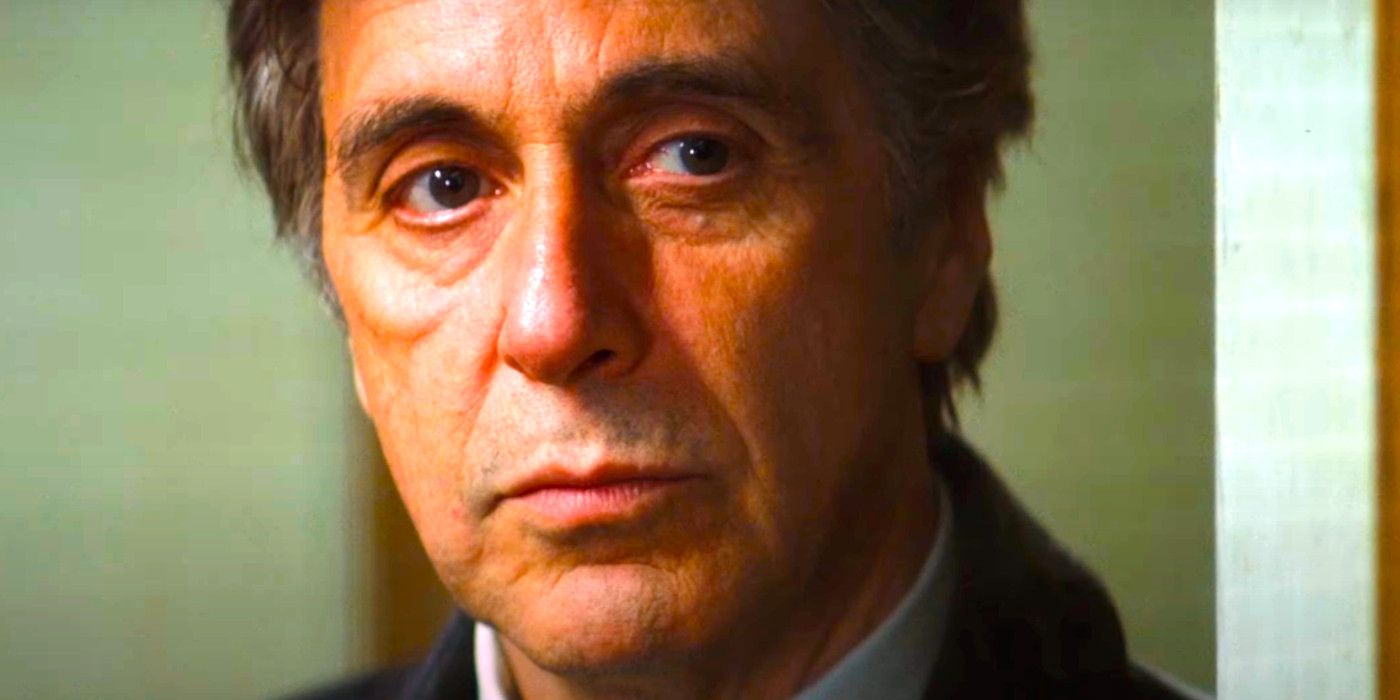
Christopher Nolan’s cinematic masterpiece, unjustly overlooked by critics upon its initial release, has found a new audience on Netflix. As viewers delve into the complexities of this thought-provoking film, a wider appreciation is emerging for its brilliance.
Nolan’s film weaves a labyrinthine narrative that challenges conventional filmmaking norms. Its fragmented timeline and enigmatic characters create a puzzle that invites multiple interpretations. The story unfolds through the perspectives of multiple characters, obscuring the truth and leaving the viewer to navigate the labyrinth of their own perceptions.
The film’s cinematography, led by Hoyte van Hoytema, is a visual masterpiece. Haunting images linger in the viewer’s mind long after the credits roll, capturing the essence of the film’s unsettling atmosphere. The score, composed by Hans Zimmer, perfectly complements the film’s tension and emotional depth.
Unjustly Overlooked defies genre conventions. It seamlessly blends elements of science fiction, noir, and psychological thriller, creating a unique and unforgettable cinematic experience. The film explores themes of memory, identity, and the nature of reality, pushing the boundaries of storytelling.
The film’s characters are complex and flawed, their motivations and actions often ambiguous. Nolan refuses to provide easy answers, instead challenging the viewer to question their own perspectives and beliefs. The film is not simply an intellectual exercise but also a deeply emotional experience that resonates long after the final frame.
Despite its undeniable cinematic brilliance, Unjustly Overlooked received lukewarm reviews upon its initial release. Critics were divided on its unconventional narrative and challenging themes. However, as the film found a wider audience on Netflix, a critical reassessment has begun.
Audiences have praised the film’s bold originality, its thought-provoking themes, and its exceptional craftsmanship. The film has gained a cult following online, with fans eagerly discussing its intricate details and symbolism. With its availability on Netflix, Unjustly Overlooked is receiving the recognition it deserves, cementing its place as a contemporary cinematic masterpiece.
Camera Techniques:
- Long, uninterrupted shots build tension and immerse the viewer in the film’s world.
- POV shots from different characters’ perspectives create an unreliable narrative.
Editing:
- Non-linear editing fragments the timeline and challenges traditional storytelling.
- Rapid cuts and slow-motion create a frenetic and disorienting atmosphere.
Lighting:
- Chiaroscuro lighting emphasizes the characters’ inner conflict and psychological turmoil.
- Natural lighting gives the film a raw and realistic feel, enhancing its emotional impact.
Themes:
- Memory and Identity: The film questions the trustworthiness of memory and the stability of identity.
- Reality and Perception: The fragmented narrative and multiple perspectives blur the lines between objective reality and subjective experience.
- Existentialism: The film explores the human condition of choice, freedom, and the search for meaning.
Christopher Nolan’s Unjustly Overlooked is a cinematic triumph that defies easy categorization. Its complex narrative, subversive genre-bending, and extraordinary craftsmanship make it a film that lingers in the mind long after the final frame. Overlooked by critics upon its initial release, the film has found a wider audience on Netflix, leading to a critical reassessment and a growing appreciation for its brilliance.
Unjustly Overlooked is a film that challenges conventional filmmaking and storytelling. It invites viewers to engage in critical thinking, question their own biases, and ponder the profound existential questions that lie at the heart of human existence. As the film continues to gain popularity on Netflix, it is poised to become a contemporary cinematic classic, cementing its place in the annals of cinema history.
